
A 30 minute video that explores how to use Flipgrid
- Subject:
- Professional Learning
- Material Type:
- Visual Media
- Author:
- Prince William ITRTs
- Date Added:
- 09/15/2021

A 30 minute video that explores how to use Flipgrid

A 25 minute video on how to use Nearpod

A 30 minute video overview of Padlet and how it can be used by educators

9 minute video on using Jamboard for learning
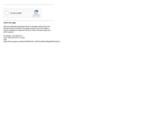
2.5 minute video created by Radford ITRTs on using Voice to Text on Google Docs and Slides
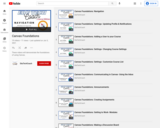
19 videos for the basics of using Canvas
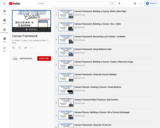
31 videos addressing the basics of Canvas
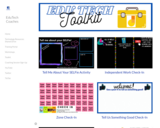
Many templates for teachers to use when creating Jamboards
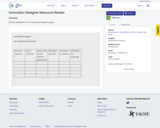
Review worksheet for the Innovation Designer group
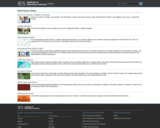
This resources offers numerous datasets and data resources in various formats.

This resource includes all the materials you need to get started on curating, creating, and collaborating! What is an instructional playbook? The idea of an instructional playbook has caught fire since Jim Knight described it in The Impact Cycle (2017). Instructional Coaches have enormous potential to help teachers learn and implement new teaching practices, but coaches will be effective only if they deeply understand the strategies they describe and their explanations are clear.An instructional playbook is meant as a guiding document for coaching, training, and professional learning facilitated by ITRTs or instructional coaches. An instructional playbook should be digital and shared with all teachers. The Virginia Department of Education strongly recommends that the instructional playbook be a collaborative document that is shared and evaluated by the administrative team and with the insights of teachers and other school professionals. Additionally, the document should be updated for changes in best practices, updates to available digital resources, and revisions addressing the dynamic nature of the school community.
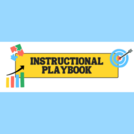
Interleaving is a strategy where students mix the practice of multiple related subjects or topics to improve learning. Interleaving forces the brain to categorize and discriminate between problem-solving strategies and therefore increases learning. Interleaving can be more challenging than blocked practice because students cannot memorize one strategy and apply it to all of the problems.

The thinking strategy of I used to think...but now I think gives students an opportunity to reflect on how their thinking has changed over the course of time through instruction and experiences. This activity demonstrates a specific way that eighth-grade students can reflect upon their middle school career. This could also work for students at the end of a course, semester, or year.
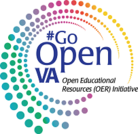
Introducing various ways to interact in Groups on #GoOpenVA.
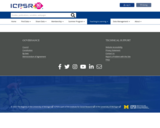
The goal of this exercise is to learn more about intergroup relationships and to explore the role intergroup friendships play in perceptions of out-group members. Crosstabulation will be used.
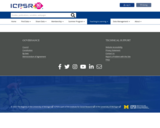
The goal of this exercise is to explore interpersonal power in dating, cohabiting, and married couples. Crosstabulation and comparison of means will be used.
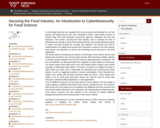
As technology becomes ever integrated into our food system and everyday life, our food industry and supply become ever more vulnerable to attack. Cyber attacks continue to threaten large and small companies, government agencies, individuals, and food and agriculture. This module, ‘Securing the Food Industry,’ aims to introduce the idea of cyberbiosecurity through a lecture format along with three case studies allowing students to interact and think through the concepts and materials. This module was built for implementation into college level courses with connection or interest in the food industry, food science, and agriculture as well as and technology courses focused on real world applications.
The lecture starts by introducing the amount of technology in food science and the food industry then transitions into concerns about security. After discussing multiple subtypes of security already integrated into the food industry, cyberbiosecurity is introduced. The term and definition are discussed before the categories of cyber attacks are introduced. The lecture relates these ideas back to the food industry before sharing a few real-life examples of detrimental cyber-attacks. The lecture concludes are explain the impact a cyber attack can cause, who is responsible for preventing and recovering from these attacks, as well as suggested practices to reduce vulnerabilities. Three theoretical but realistic case studies with discussion questions follow the lecture. These studies were written to act as small group discussion starters but could be used for whole class discussion, individual writing assignments, or other applications.
A list of additional resources can be found with the course material. This list provides a small sampling of additional documents which discuss cyberbiosecurity. The resources listed at the end of the lecture are not included in the additional resources document but also provide helpful information in the exploration and understanding of cyberbiosecurity. Food science resources are also included in this document to provide additional background around the food industry portion of this course material.
Securing the Food Industry is an open educational resource (OER). Instructors reviewing, adopting, or adapting the module should indicate their interest at https://forms.gle/orFRGhYs8owBP7gD6.
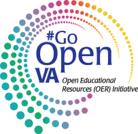
It helps to understand how resources are added into #GoOpenVA, because the two different ways to do so provides two different ways you can use the resources. A very short introduction to this topic.
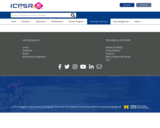
The goal of this exercise is to examine the process of issue evolution by comparing partisan boundaries across several issues. Crosstabulation and correlation coefficients will be used.

Resources and slide decks from Just One Thing Webinar Series.